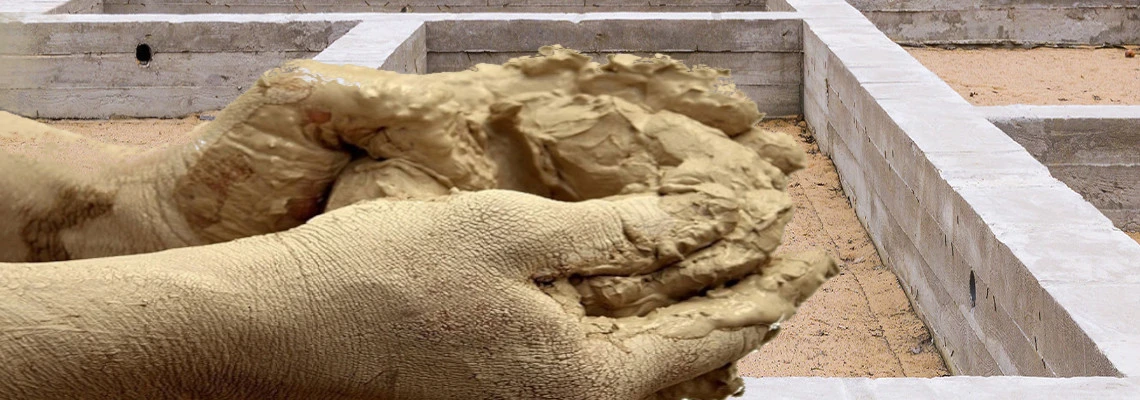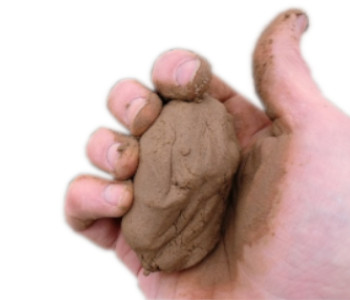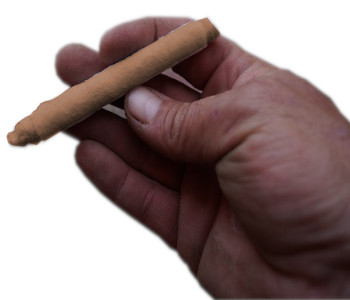
Don't let your foundation fail.*
If you building home on clay soil, then ground heave may become an issue. Ground heave is the upward movement of the ground associated with the swelling of clay soils that expand when wet.
The expansion and contraction process during wet and dry periods is known as 'clay heave'. This can cause severe problems with foundations. It usually results that the exposed upper surface of the ground rises up.
This can lead to serious structural damage to your buildings walls and foundations. This usually happen in types of soil when a tree that was previously absorbing large quantities of water is removed.
Do I need Heaveguard board?
The life of the building and the safety of the inhabitants of the house depend on its quality. In order for the foundation of the house to be reliable, it is necessary to acquire quality construction materials.To avoid the danger of cracking the foundation of the house, it is better to use either 100mm Claymaster or 100m Heaveguard, ideal product for this type of soil composition.
Both boards are a solution that provides protection against clay heave. This option is better than any other. It reduces pressure on ground beams in piled foundations, and on the sides of trench fills.
How to install Heaveguard?
Heaveguard sheets should be installed with tightly butted joints against the side of the prepared excavation, held in position by the reinforcement cage, formwork, bracing with spreader plates or Cellcore panels where appropriate.
This EPS board is colored green for easy identification on site.The boards are manufactured in a range of thicknesses to meet the application.
50mm ǀ 75mm ǀ 100mm ǀ 200mm ǀ 300mm
How to install Claymaster?
Claymaster boards are laid in the bottom of the trench, ensuring that the full width of the trench is lined and that the boards are butted tightly together. Where concrete piles protrude into the trench, the Claymaster boards should be neatly cut to fit, or factory-cut sections should be used. The appropriate side of the ground beam, normally the inside face of an external wall, should be lined with Claymaster, ensuring that the material is fully supported to the required depth.
Claymaster must be adequately supported and restrained to prevent movement during concrete placement. Spacer blocks may be required at the sides to ensure the correct depth of concrete cover is obtained to the steel
reinforcement. Alternatively, the vertical Claymaster boards may be positioned after the ground beam has been cast.This EPS board is colored pink.The boards are manufactured in sizes:
How do I recognize clay?
You need to take a certain amount of soil in your hand and knead it. Try to roll up the "cigarette". From the sand this will not work at all. Loams acquire the necessary shape, but soon crack and break up into separate pieces. If the whole plastic “cigarette” is obtained from the soil - this is clay, one of the most difficult for the construction of soils. To determine the humidity, it is necessary to leave the soil for some time in the air. If the drying lasts several hours, then the soil is moist. It is these soils that are most susceptible to frost heaving.
When starting the construction of the foundation of a house on clay, it is important to remember that the soil does not tolerate water!!!


Types of clay soil
It is worth considering the types of clay soil, so that the construction of the foundation of the house does not cost too much.
There are types of clay:
- glacial - characterized by a very high density and excellent bearing capacity, revealed only in the deep layers,
- alluvial - is a plastic soil, so it is better to completely abandon construction work on such a site or equip the structure on stilts.
Clay soils include:
Sandy loam - contains no more than 5 percent clay.They have great mobility under the influence of groundwater.
Loam - contains up to 10% clay. Depending on its specific volume, the soil can be light, medium and heavy. Loams are prone to frost heaving, so the construction conditions on them are difficult.
Clay – a combination of small (up to 0.01 mm) particles with a small admixture of sand and dust. It is characterized by flowability and high ductility. It is possible to build on clay if the soil is homogeneous, and groundwater lies deep. But in any case, such a case is not at all suitable for independent construction.
*All the information provided in the content published on Insulationgo blog is for informational and educational purposes only. Insulationgo LTD makes every effort to ensure the accuracy and timeliness of the content, but we do not assume any responsibility for any errors or omissions.
The information presented on this blog should not be considered as professional advice or a substitute for consulting relevant experts. Before making any purchase decisions or taking action based on the information presented here, it is strongly recommended to contact the product manufacturer directly to verify the details and ensure its suitability for your specific needs.
By using this blog, you acknowledge and agree that Insulationgo LTD shall not be held liable for any damages, losses, or inconveniences arising from the use or reliance on the information provided herein. This limitation of liability applies to all users of the blog, including but not limited to visitors, readers, and subscribers.










































































































